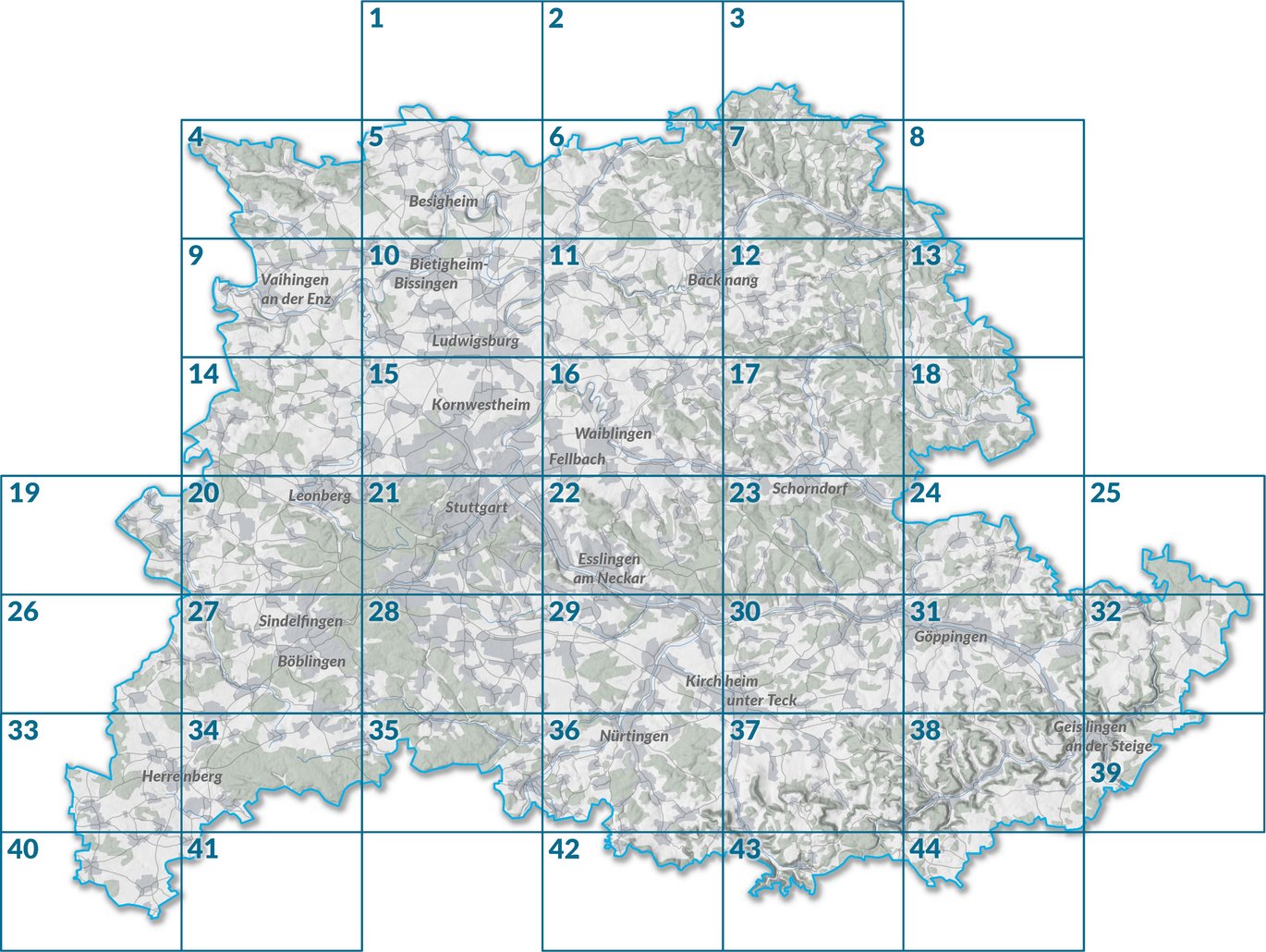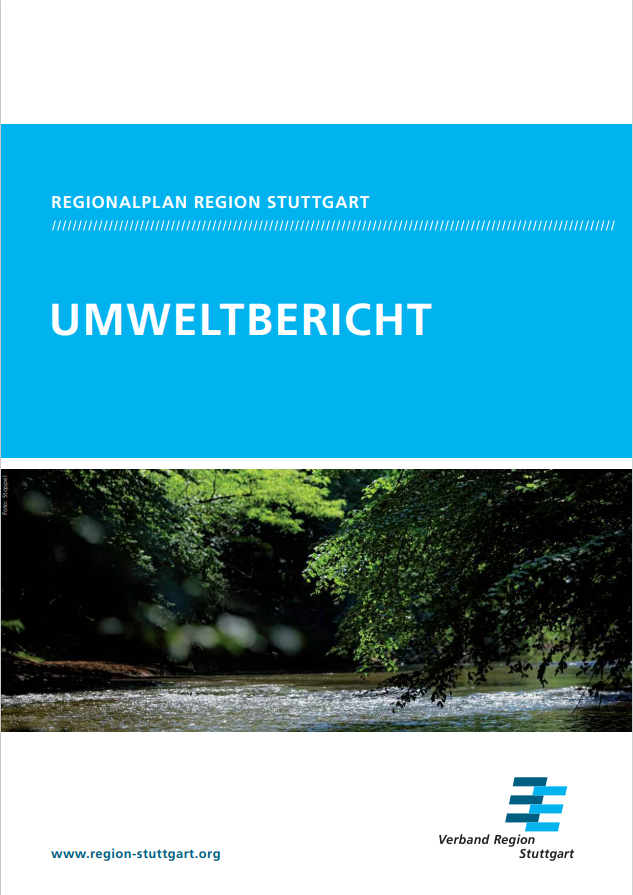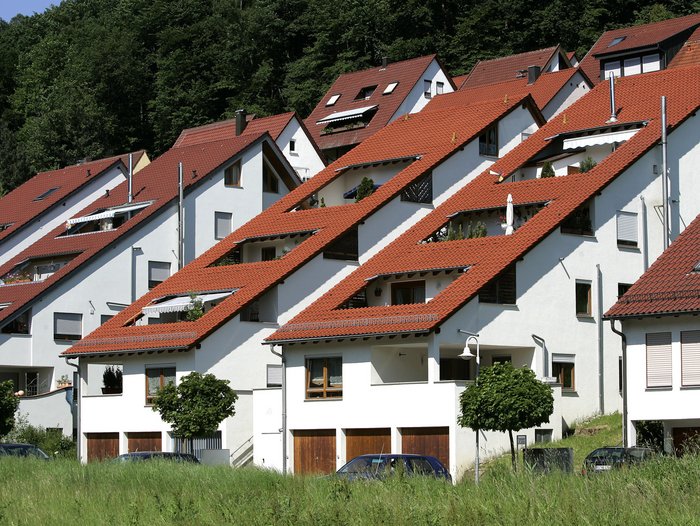Construction plans - isn't that the responsibility of the municipalities? Anyone who thinks about their own everyday life quickly realizes that life does not take place within municipal boundaries. Whether it's going to work, doing sport or going out into the countryside, you naturally move between different municipalities every day. People live regionally. That is why it is important to organize this everyday life at a regional level. This is where the regional plan comes into play - it forms an overall plan at regional level for around 15 years. The objectives and principles for spatial development in the Stuttgart Region are set out in text and diagrams on over 400 pages.
The binding guidelines are used by towns and municipalities to develop development plans, for example.
The regional plan of the Stuttgart Region consists of three legally binding parts - only in printed form - which are adopted as statutes by the regional assembly:
- the text part of the regional plan
- Overall land use map(legend to the land use map)
- Land use maps for individual sections
- the structural map of the region with spatial categories, central locations and development axes at a scale of 1:200,000
- Completed changes since 2009
Development axes
New residential and commercial areas are to be built along these connections between larger centers, which are mainly oriented towards the railroad lines (S-Bahn). Development axes coordinate and bundle settlement development. They are defined by state planning, specified in the regional plan and supplemented by regional development axes.
Central locations
Throughout the Stuttgart Region, the aim is to provide the population with goods as well as private and public services within easy reach. For this reason, towns and municipalities take on certain tasks for themselves and their surrounding areas (interdependent area). In Baden-Württemberg, a distinction is made between four levels: regional centers, medium-sized centers, sub-centers and small centers. The rule of thumb is: the higher the hierarchy level, the more specialized the facilities to be found there and the larger the catchment area. The region's only major center, the state capital Stuttgart, is home to universities, specialist clinics and state authorities. The 14 medium-sized centers include secondary schools, cinemas and hospitals. The 12 sub-centers and 29 small centers are defined in the regional plan. The focus there is on providing frequently requested goods and services such as schools or doctors' surgeries. A basic supply of everyday necessities should be possible in all towns and municipalities in the region.
Retail trade
Stores, beautifully renovated town centers and street cafés characterize attractive city centers. It is more difficult than ever to maintain these lively town centers and the shopping opportunities they offer. The concentration process in the retail sector and the relocation of markets to the outskirts of towns are jeopardizing the supply of everyday necessities close to home. The regional plan regulates the locations for large-scale supermarkets. Among other things, it specifies the central local settlement and supply cores. These are usually the main shopping streets in the centers, where life pulsates. As large supermarkets with more than 800 square meters of retail space require a catchment area that extends beyond the city limits, regional planning acts as an arbiter, so to speak, for supra-local coordination.
Enviromental reports
Not only does the regional plan provide binding specifications, it also provides the grounds for these specifications. The environmental report covers all of the environmental matters and looks closely at what can be built and where, if construction is absolutely necessary. In particular, it includes information on the following protected resources: people, flora/fauna/biodiversity, soil, water, climate, landscape and cultural and material assets. It also indicates implications for the environment that can be expected based on the binding stipulations made in the regional plan.
Environmental reports and the corresponding maps can be found here.
Changes
The regional plan was adopted by the regional assembly in 2009. However, changes can of course always be made, which the regional assembly must approve in a transparent process in which the municipalities and citizens are involved.
Here is an overview of all current procedures.










